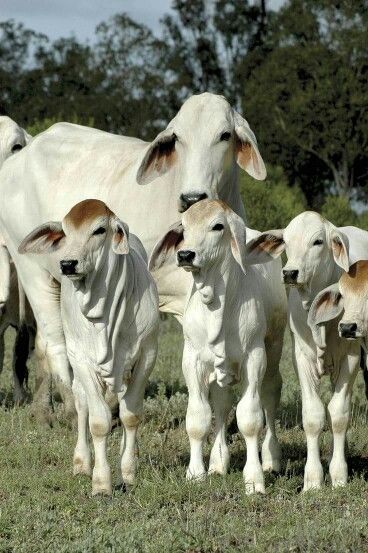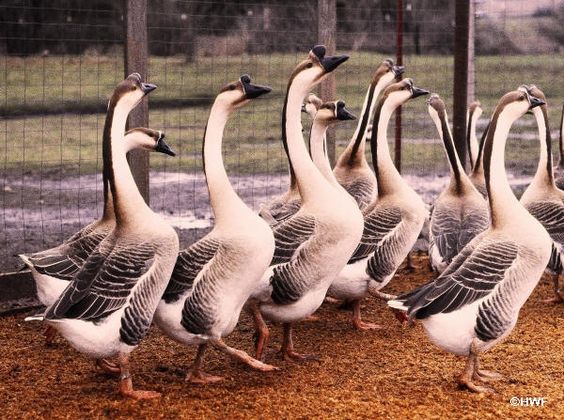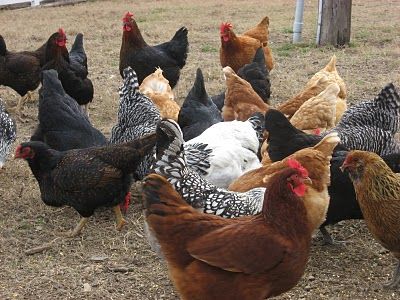Cattle Marketing: A Comprehensive Guide to Selling Your Cattle
Cattle marketing goes beyond simply selling your cows. It’s a strategic process encompassing everything from understanding market trends to choosing the most profitable selling method for your specific cattle. This guide will equip you with the knowledge and tools to navigate the cattle market effectively.
Understanding Cattle Marketing
At its core, cattle marketing involves connecting cattle producers with buyers who need them. This can be for various purposes, including:
- Beef Production: The majority of cattle are raised for slaughter and eventual consumption as beef.
- Breeding Stock: High-quality breeding cattle are sold to other producers to improve their herds.
- Show Cattle: Genetically superior cattle are sometimes sold for breeding purposes or for participation in livestock shows.
Key Factors in Cattle Marketing
Several factors influence the cattle market and your success within it. Here are some of the most important:
- Cattle Type and Quality: The breed, age, weight, health, and overall quality of your cattle significantly impact their value.
- Market Demand: Understanding current market trends for different cattle types is crucial. Are there shortages of specific breeds or weights? Is there a growing demand for grass-fed beef?
- Geographic Location: Location can affect cattle prices due to transportation costs and regional market variations.
- Marketing Strategy: Choosing the right selling method and effectively promoting your cattle are essential for maximizing your profits.
Cattle Marketing Methods
There are several ways to sell your cattle, each with its own advantages and considerations. The best method for you will depend on your specific circumstances and goals.
- Live Auction: This traditional method involves taking your cattle to a physical auction where buyers bid against each other. Live auctions offer the potential for high prices but can be unpredictable and involve transportation costs.
- Private Treaty Sale: You can negotiate a sale directly with a buyer, such as a feedlot or another rancher. This method offers more control over the selling price but requires finding a suitable buyer.
- Video Auction: Similar to a live auction, but bidding occurs online based on a video presentation of the cattle. This offers wider buyer reach but may not achieve the same price as a live auction.
- Internet Auction: Online platforms allow you to list your cattle and receive bids from interested buyers. This requires good photography and marketing skills to attract buyers.
- Marketing Alliances: Producers can join forces to create a larger, more consistent supply of cattle, potentially attracting larger buyers and better prices.
- Retained Ownership: In some cases, you might retain ownership of your cattle after they are sent to a feedlot, sharing in the profits from the final sale. This requires a significant financial investment and carries more risk.
Developing a Marketing Plan
A well-defined marketing plan is essential for success in the cattle market. Here are the key steps involved:
- Set Goals: Determine your overall objectives – maximizing profit, improving herd genetics, or achieving a specific sale price.
- Know Your Product: Assess the quality and market value of your cattle based on breed, weight, health, and other factors.
- Research the Market: Stay informed about current market trends for your type of cattle and potential buyers.
- Choose Your Marketing Method: Select the method that best aligns with your goals, resources, and cattle type.
- Price Your Cattle Strategically: Consider production costs, market trends, and your desired profit margin when setting your price.
- Promote Your Cattle: Effectively market your cattle through advertising, attending industry events, or building relationships with buyers.
- Track and Evaluate: Monitor market performance and adjust your strategy as needed based on results.
Additional Tips for Success
- Networking: Building relationships with other producers, buyers, and industry professionals can provide valuable insights and market opportunities.
- Data and Records: Maintain accurate records of your cattle’s genetics, health history, and performance to demonstrate value to potential buyers.
- Quality Counts: Investing in high-quality cattle with desirable genetics will generally lead to better market returns in the long run.
- Stay Informed: Keep up-to-date on industry trends, regulations, and technological advancements to stay competitive.
Conclusion Cattle Marketing
Cattle marketing is a complex but rewarding endeavor. By understanding the market dynamics, choosing the right marketing methods, and implementing a strategic plan, you can maximize your cattle’s value and achieve your business goals. Remember, continuous learning and adaptation are key to success in the ever-evolving world of cattle marketing.






